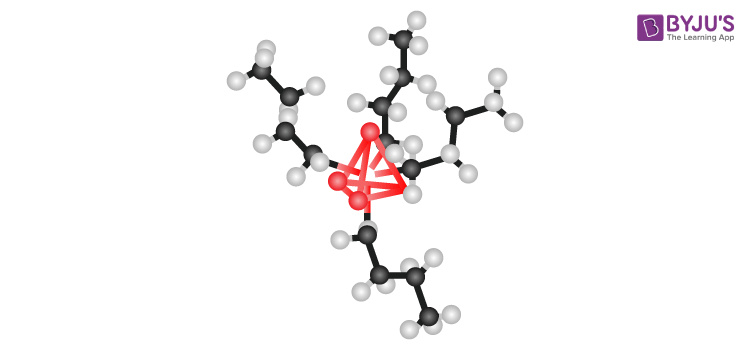What is Organometallic Chemistry?
Organometallic Chemistry involves the study of chemical compounds consisting of at least 1 bond between a metal and a carbon atom of an organic compound namely alkaline earth and other transition metals.

Organometallic Chemistry merges concepts of both traditional organic and inorganic chemistry. Organometallic compounds find its application in industry and research chemical reactions. It also acts as a catalyst in increasing the rate of these reactions. For example homogeneous catalysis.
Organometallic Compounds
Examples of Organometallic Compounds include Gilman Reactants consisting of copper and lithium, diethylzinc, diethyl magnesium, colour,
N-butyllithium, zinc. Ferrocene and Tetracarbonyl nickel are also organometallic compounds consisting of transition metals.
The metal-carbon bond is usually highly covalent in organometallic compounds.
Some of these compounds are found in nature such as organomercury compounds, organolead, tetraethyllead, and ferrocene.
Electron Counting
Electron Counting is used in formulating Organometallic Chemistry. The stability of metal carbonyls and other associated compounds are predicted using 18 – electron rule. Isolobal Principle is used to describe reactivity and chemical bonding of an organometallic compound. A standard approach to determining structure is NMR, infrared spectroscopy, and X-ray diffraction. Characteristics of organometallic compounds are requested with fluctuating temperature NMR and chemical kinetics. Numerous reaction is stated below.
Numerous reactions are stated below:
- Organometallic Substitution reaction
- Cyclometalation
- Hydrometallation
- Migratory Insertion
- Nucleophilic Abstraction
- Carbometalation
- Oxidative Addition
- Reductive Elimination
- Transmetalation
- Electron Transfer
- Beta-hydride elimination
Industrial Applications
Industrial Processes that include alkene derived polymers depends upon the organometallic catalyst. A process involving hydrogen depends upon a metal-based catalyst.
Several semiconductors are derived from trimethyl antimony, trimethylindium, trimethylaluminum, and trimethylgallium. It is used in chemical reactions as well both as stoichiometric reagents and homogeneous catalysis.
To know more on the topic like Organometallic Compounds, register with BYJU’S and download our app.

Comments